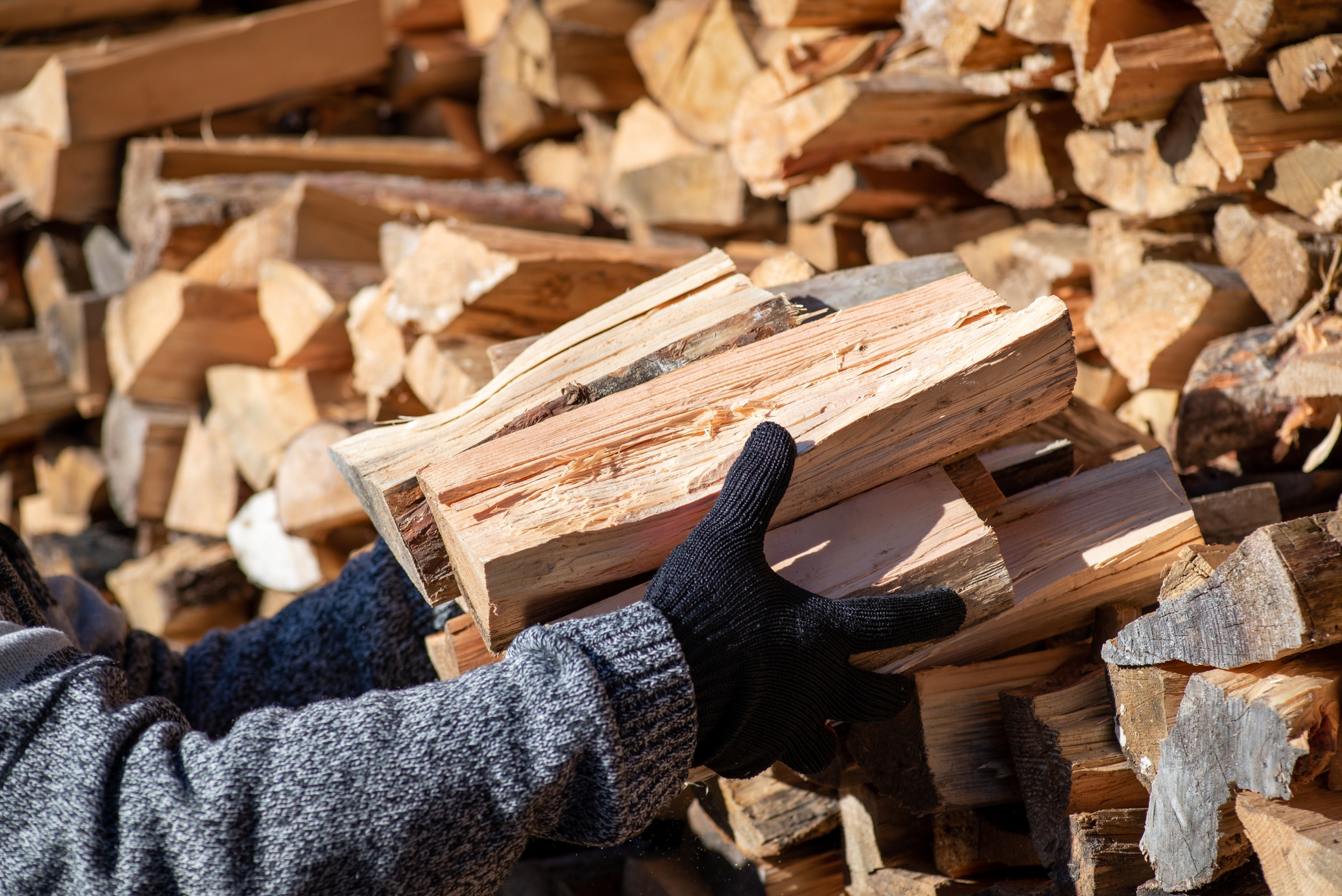In the colder months, nothing says comfort quite like sitting around and savoring a nice, cozy fire. You need two things for safe and responsible enjoyment: maintenance and a little common sense.
Burn the Right Wood — Hardwood that has been seasoned for at least six months is ideal for firewood. Seasoning wood removes water, which is a large contributor to smoke and creosote buildup. Hardwoods include birch, oak and hard maple. When you buy firewood, ask them how long it has been seasoned before and after it was split. Sometimes it is best to let the wood season for a few months at your home, so buying in June or July is the best time.
Keep the Hearth Clear — Burning wood can pop and send embers flying out of the fireplace. Make sure flammable material is far from the fireplace, and always use a glass or metal screen to prevent popping embers from starting a fire.
Check Detectors — Smoke and carbon monoxide detectors save lives. Replace batteries regularly and ensure detectors are working properly before starting the first fire of the year.
Clean Ash — Clean the ash out of your fireplace when it reaches the bottom of the firewood grate. Be careful; embers can smolder in ashes for up to three days. Only put the ash in a metal container. You can buy a short, galvanized barrel with a lid and a handle for this.
Don’t Overload the Fireplace — A large fire produces a lot of smoke, and that in turn leads to creosote buildup, which is a serious fire hazard. You also want to be careful because if the fire gets too hot, it can crack tiles, melt mortar and damage the chimney liner.
Install a Chimney Cap — Keep animals from nesting in the chimney and reduce moisture and debris with a chimney cap. This chimney feature also prevents downdrafts and protects against embers and sparks landing on the roof. they make spring loaded caps or even gravity type that hing that allow you to close off the flue completely.
Call a Chimney Sweep — Before the temperature dips too low, have a professional inspect your fireplace and chimney. A sweep can also remove creosote, which is the largest contributor to chimney fires. Make sure you check your chimney no more than every two years, or more if you burn a lot of wood.

